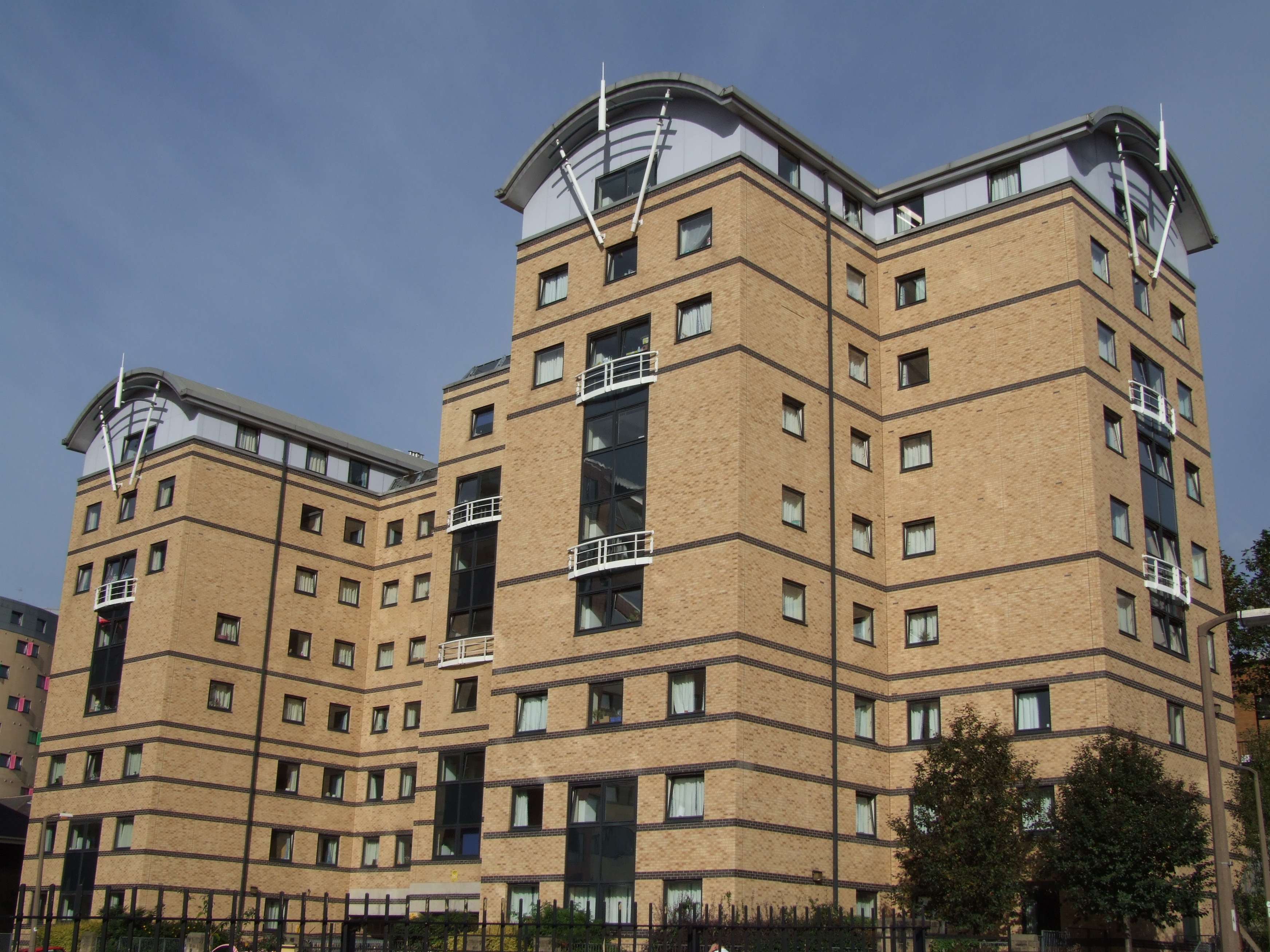Cladding from Sentinel Towers was found to have ‘not met the national combustibility standard’, The Gryphon can reveal. The discovery was made as part of a range of precautionary assessments following the Grenfell Tower tragedy. Further cladding from The Wellcome Trust Brenner Building, an academic research building on the St James’ campus, also did not meet test standard.
Whilst all cladding on the University’s owned halls was tested, the only Aluminium Composite Material (ACM) which did not meet ‘the national combustibility standard’ was that at the top of Sentinel Towers.
The University is confident the building can continue to be inhabited, a spokesperson commenting
“As the organisation responsible for safety in the building, the University is confident the potential risks from fire have been mitigated.
“Because a small section of cladding around the top of the building did fail the tests, and although there is no risk to residents, we are aware of the general concerns around cladding, and have decided to change the sections around the top of the building to provide complete reassurance to students.
“We are currently developing plans to ensure this can be done safely and with minimal disturbance. When we are able to schedule the work, we will update residents. In the meantime we are following all advice that has been given to us by the fire service and by the Government.”
These revelations come shortly after two of the Unite owned Leeds student halls, Sky Plaza and Concept Place, were similarly found to have cladding which did not meet the ‘limited combustibility standard’. Unite pledged to make minor adjustments to the buildings in order to assure their inhabitants of their safety.
Reece Parker

